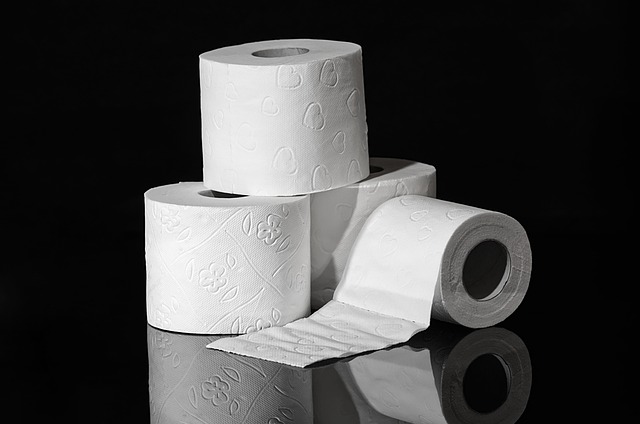A running toilet, caused by worn flapper valves or fill mechanisms, leads to water waste and high bills. To fix this common problem, identify faulty flappers or valves, replace or adjust them, and address leaks promptly. Regular maintenance prevents issues, saves water, and reduces repair costs. Follow a simple guide: locate the flush valve, turn off water, remove old flapper, inspect/replace as needed, install new properly-sized flapper, reattach chain, and test toilet functionality to stop persistent running and save on bills.
A running toilet isn’t just an annoying noise; it’s a leak that can cost you hundreds in wasted water and higher bills. Understanding the problem and identifying its root cause is key to effective fixing. This article guides you through the process, from recognizing the symptoms to implementing practical solutions. Learn how to diagnose the leak, follow a step-by-step guide for repairs, and ultimately stop those persistent drips, saving money and preserving our precious resources. Discover how to master the art of stopping a running toilet today!
- Understanding the Problem: What Causes a Running Toilet?
- Diagnosing the Leak: Identifying the Source of the Problem
- Fixing the Issue: Step-by-Step Guide to Stopping the Leaks and Saving Money
Understanding the Problem: What Causes a Running Toilet?

A running toilet, also known as a constant flow or persistent leak, is a common yet annoying issue that can lead to significant water waste and sky-rocketing utility bills. Understanding the root cause of this problem is the first step in learning how to stop a running toilet.
The primary culprits behind a running toilet are usually flapper valves or fill mechanisms that have worn out or become misaligned. The flapper, which covers the hole in the tank allowing water to flow into the bowl, may not seal properly, causing water to continuously spill over and activate the flush mechanism. Similarly, a faulty fill valve can lead to an overfilled tank, pushing excess water into the bowl even after flushing, resulting in a constant cycle of refilling and leaking.
Diagnosing the Leak: Identifying the Source of the Problem

Diagnosing the leak is the first step in fixing a running toilet. Start by observing the water levels inside the tank and outside the bowl during periods when the toilet isn’t in use. Note any persistent or intermittent drips from specific parts of the tank, such as the flapper, fill valve, or overflow tube. Sometimes, air bubbles or gurgling sounds can also indicate a leak.
Check for visible damage or moisture around the base of the toilet and its connecting pipes. If you suspect a worn-out flapper, try replacing it with a new one compatible with your model. For persistent leaks from other areas, inspect the fill valve and overflow tube for any cracks or damage. Regular maintenance can often prevent these issues, so regularly check for leaks and address them promptly to save money on water bills and avoid further damage.
Fixing the Issue: Step-by-Step Guide to Stopping the Leaks and Saving Money

Fixing the Issue: A Simple, Step-by-Step Guide to Quenching That Leaky Faucet
Identifying and fixing a running toilet is easier than you think. First, locate the toilet’s flush valve, usually at the back of the tank. Next, turn off the water supply valves, typically controlled by two knobs behind the toilet. Empty any excess water from the tank to prevent overflow. Now, remove the old flapper, a circular seal that covers the flush valve. Inspect it for wear and tear; if damaged, replace it with a new, compatible flapper. Position the new flapper carefully over the valve, ensuring a snug fit. Reattach the chain connecting the flapper to the flush handle, adjusting its length as needed. Finally, turn on the water supply valves and fill the tank. Test the toilet by flushing; if it stops without leakage, your fix was successful! By following these simple steps, you’ll not only stop that persistent running but also save money on your water bills.
A running toilet not only wastes precious water but can also significantly increase your utility bills. By understanding the common causes, such as a faulty flapper or worn-out parts, and following the step-by-step guide provided, you can easily diagnose and fix the problem today. Implementing these solutions will not only save you hundreds of dollars in the long run but also contribute to conservation efforts. Remember, addressing a running toilet promptly is key to avoiding unnecessary expenses and maintaining a more sustainable lifestyle.
